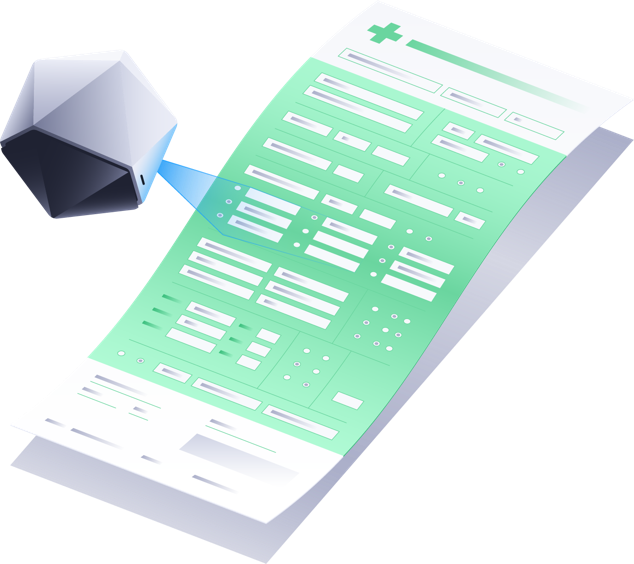


Schedule a call with us today to get a recommendation for the best health insurance plan for you and your health profile.
Choose your plan and pay the initial $25 fee. This begins the waiver process for your university and you.
Once your university has refunded or removed the student health insurance charge from your bill, you pay the full insurance premium to Gradly within the next 14 days.
We work with your university insurance office directly and help you submit your waiver. Once your waiver is approved, you pay the full premium for the insurance.
Gradly shares advised medicines to bring from India and a guide for what to purchase in the US. We stay in touch throughout the year for any health related assistance you need!
A deductible is what you pay before your insurance becomes active. So a $100 annual deductible means, you would pay the first $100 of any medical expenses. After the $100, your insurance will begin covering your costs. Most deductibles are annual, meaning that you cover the first $100 of expenses for the entire year. But $100 per condition means you will need to cover $100 of every time you see a doctor for a new medical condition
Inpatient mental health services cover both overnight or longer stay in a hospital for a patient with psychiatric concerns or drug intoxication, and outpatient mental health services refers to psychiatrist and psychologist office visits.
Anjaneya Pandurang
(Stevens Institute of Technology)